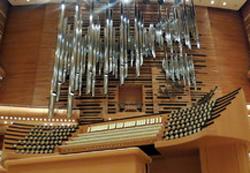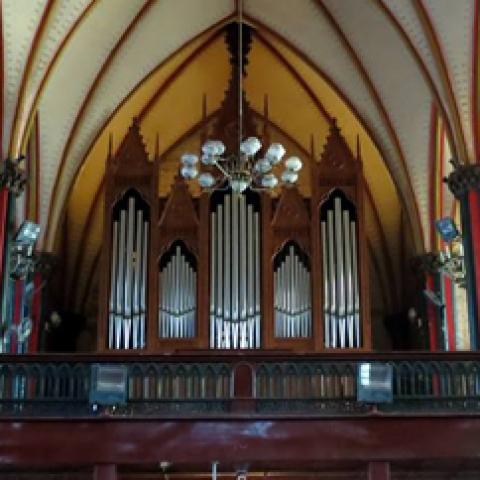
Casavant Frères of St.-Hyacinthe, Québec, Canada, has built a four-manual, 117-rank organ of mechanical action with a second, moveable console for the stage, for the concert hall of Maison symphonique de Montréal. The Grand Orgue Pierre-Béique will be featured in inaugural recitals by Olivier Latry, consultant for the project, on May 28 and 29, with the Orchestre Symphonique de Montréal, conducted by Kent Nagano, music director.
Casavant will also install new organs in the United Methodist Church, Mount Vernon, Iowa (two manuals, 39 ranks) and the Union Church of Dennis, Massachusetts (two manuals, 19 ranks). In addition, a new portable console will be installed on the 2001 Casavant instrument at Elon University, Elon, North Carolina (three manuals, 48 ranks). The console will be linked to the organ through the university’s local area network, allowing it to be played from various campus locations, and to be heard in remote locations.
For information: www.casavant.ca.



